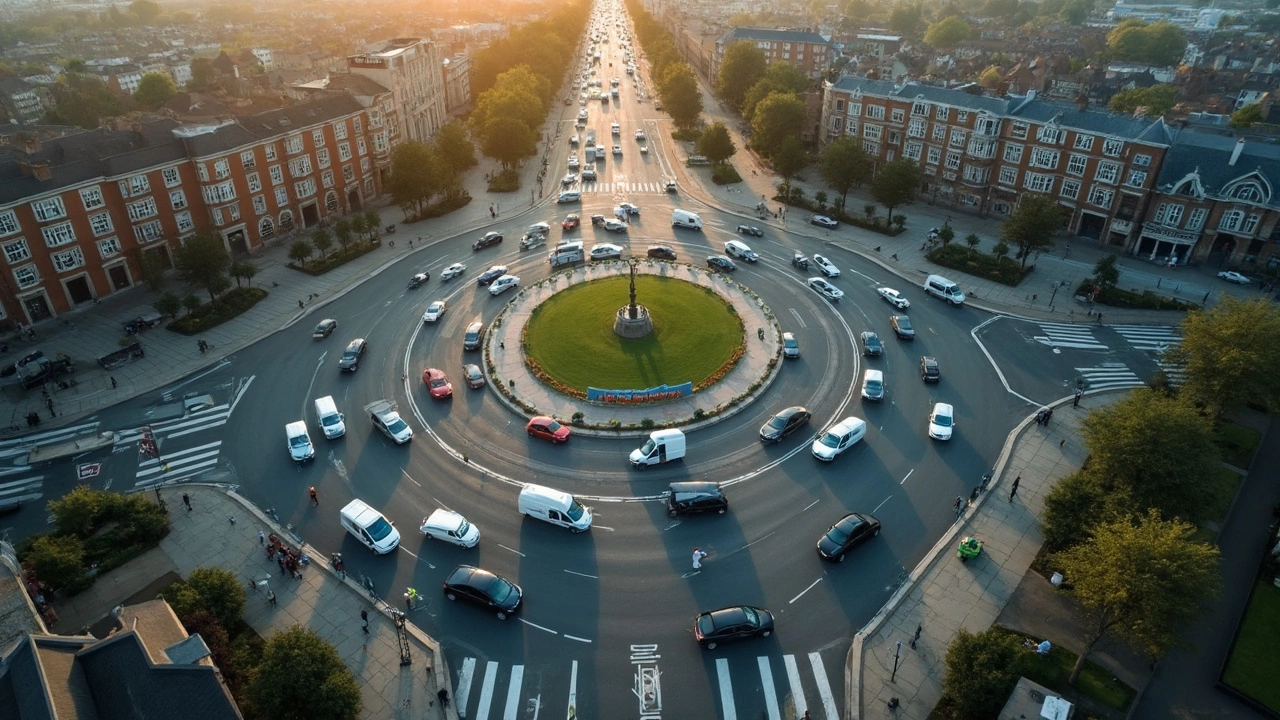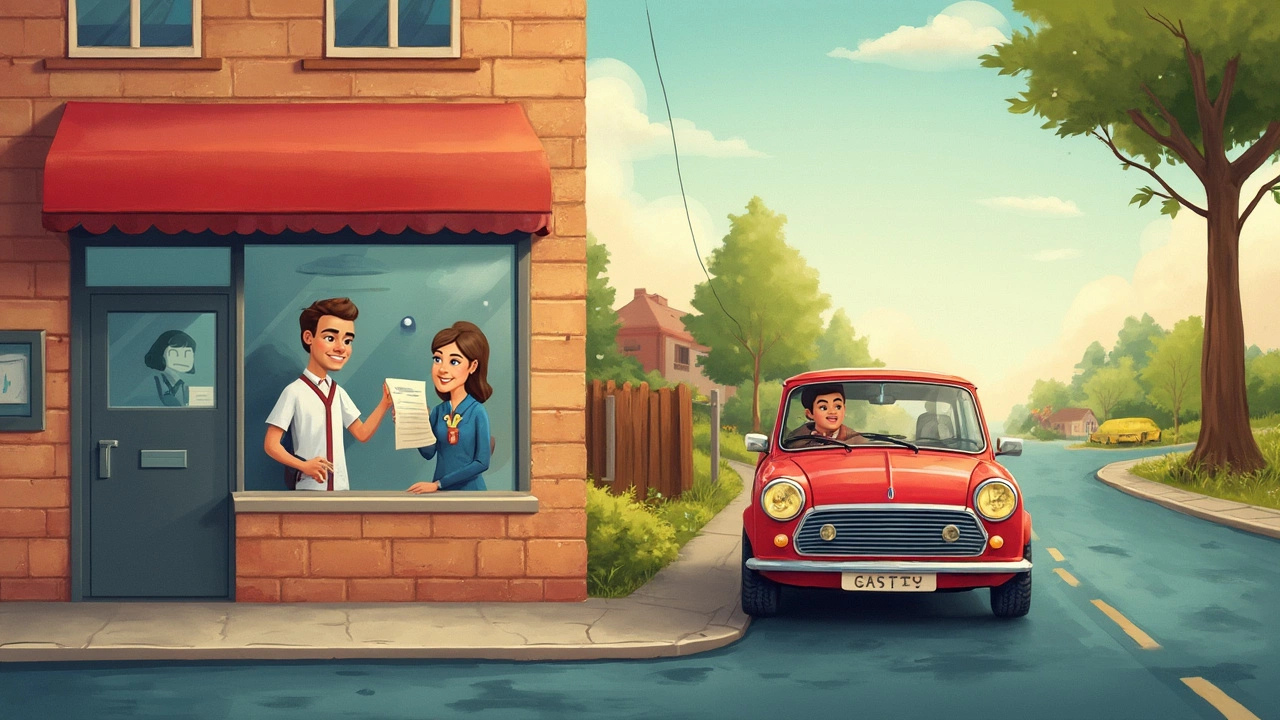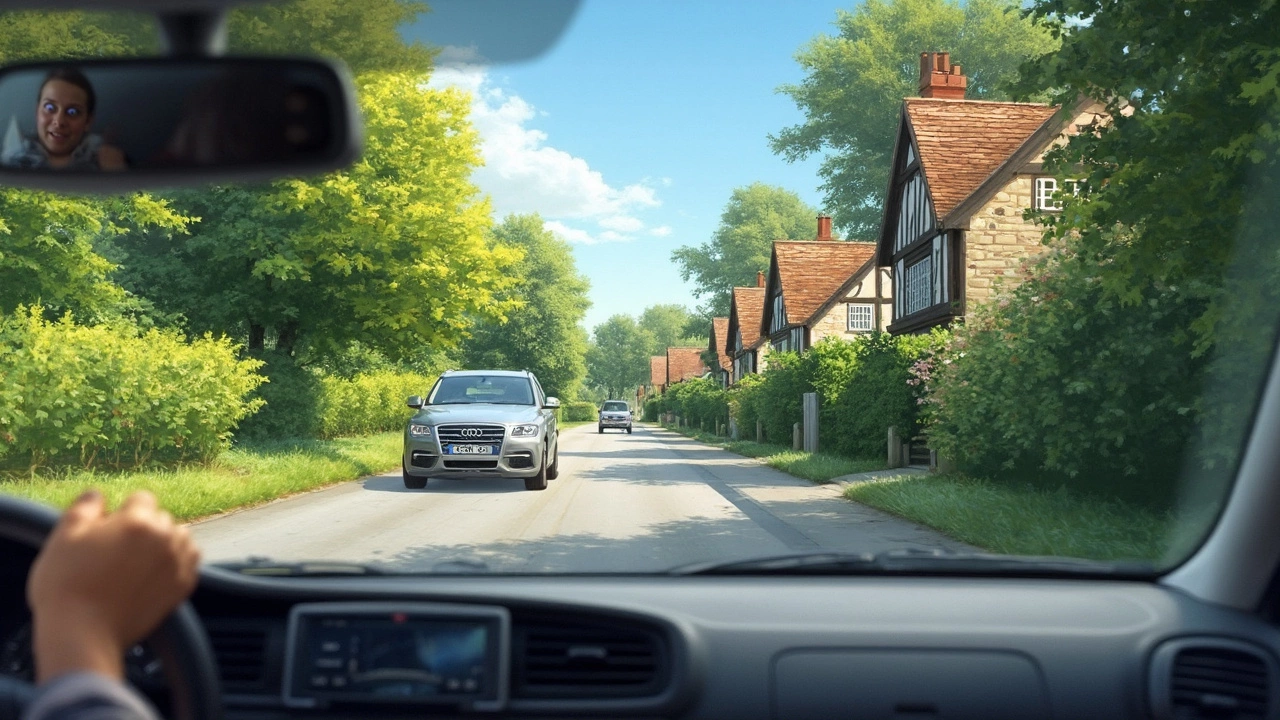You've likely heard of defensive driving, but what does it really mean? It's not just about being careful; it's a proactive way of thinking applied when behind the wheel. Defensive drivers stay alert, anticipate potential hazards, and make informed decisions to avoid accidents. This approach doesn't just safeguard lives—it can save you money too.
One key component is situational awareness. It's all about understanding what's around you and predicting what might happen next. Are the weather conditions changing? Is the driver in the next lane erratic? By noticing these details early, you can adjust your behavior before trouble arises. This ongoing assessment is like keeping your head on a swivel—it's crucial for staying one step ahead.
- The Basics of Defensive Driving
- Situational Awareness on the Road
- Techniques for Safe Distance
- Financial Benefits of Defensive Driving
- Integrating Defensive Habits into Daily Driving
The Basics of Defensive Driving
At its core, defensive driving is about awareness, anticipation, and preparation. It's the practice of maintaining focus and reducing risks by foreseeing potential issues before they arise. This isn't some mystical art; it’s a skill anyone can develop with the right mindset and training.
Understanding Defensive Driving Principles
The foundation of defensive driving lies in understanding basic principles like following distance, adjusting speed for road conditions, and effective communication with other drivers. The idea is to manage the space around your vehicle effectively, giving you and others plenty of time to react if something unexpected happens.
For instance, keeping a safe following distance is critical. Ever heard of the 3-second rule? It's where you let the car ahead of you pass a stationary object and count three seconds before you pass the same spot. This gives you plenty of room to stop if needed. In bad weather, double it to six seconds for an extra cushion.
Why Stay Alert?
Being fully aware of your surroundings isn’t optional—it's essential. A startling stat here: nearly 80% of all car accidents involve some form of driver inattention within three seconds of the event. That’s a lot of accidents that could potentially be avoided with a bit more vigilance.
Communication on the Road
Another key part of defensive driving is communication. Use your signals to indicate your intentions clearly, making it easier for those around you to anticipate your actions. Don’t just assume others can predict your next move.
Training and Certification
Many people think a driving course is just for newbies, but seasoned drivers can benefit too. Courses offer insights into accident prevention, understanding driver psychology, and sometimes even result in insurance discounts. Some insurance companies offer up to 10% off for completing a certified defensive driving course. That's saving money just for being smart about how you drive!
Situational Awareness on the Road
Strapping yourself into a car isn't just about getting from A to B; it’s about understanding the space you're navigating through. On the road, situational awareness is your secret weapon. It's the art of processing what's happening around you while keeping an eye out for potential dangers.
Get a Full Picture
You can't react to what you don't see. Checking your mirrors every few seconds gives you a 360-degree view of your surroundings. We're talking blind spots too. Even with modern car tech, those sneaky spots still exist. Always give a quick glance over your shoulder before switching lanes.
Reading the Road
The road's telling you a story—make sure you’re listening. Look ahead for brake lights, traffic signals, and changes in speed limits. Recognize patterns, like slowing traffic at merges or busy intersections, and be ready to adapt.
Mental Replay
Imagine how different scenarios might play out on your drive and how you'd respond. What if a car darts in front? Or if a pedestrian steps off the curb? Running through these

Techniques for Safe Distance
All right, so you're on the road, and someone cuts in front of you. This is where keeping a safe distance is key, not just for safety but also for peace of mind. The defensive driving playbook emphasizes maintaining a cushion of space around your vehicle, often known as the '3-second rule.'
What’s the 3-Second Rule?
The 3-second rule is a straightforward way to ensure you're not too close to the car in front. Pick a stationary object ahead—like a sign or a tree—and once the vehicle in front passes it, start counting. You should reach the same object in no fewer than 3 seconds. If not, ease off the gas to widen the gap.
Adapting for Conditions
Of course, this rule isn’t set in stone. Conditions matter. When the weather is bad, like a rainy or foggy day, you'll want to add more seconds. Basically, more distance equals more reaction time, which is exactly what you need when visibility or traction is compromised.
Why It Matters
Staying at a safe distance isn't just safer—it’s a smart financial move. Tailgating can lead to sudden braking and accidents which spike your insurance premiums. Plus, harsh braking and acceleration wear your car out faster.
The Numbers Don’t Lie
Let's put this into perspective with some data:
| Condition | Recommended Following Distance |
|---|---|
| Perfect Weather | 3 seconds |
| Rainy Conditions | 4 - 5 seconds |
| Snowy/Icy Roads | 8 - 10 seconds |
This table gives a clear idea: increasing your distance makes you a safer, smarter driver in diverse environments. So next time you're driving, think distance, think safe.
Financial Benefits of Defensive Driving
Saving money through defensive driving might seem far-fetched, but it's a real thing. By adopting these smart driving techniques, you're not only safeguarding yourself but also your wallet. Insurance companies often provide discounts to individuals who've completed a recognized defensive driving course. Why? Because they see you as a lower risk compared to the average driver, which translates to cheaper premiums.
Insurance Discounts
Most insurance providers offer anywhere between 5% to 15% discount on premiums when you present a valid certificate from a defensive driving course. It's like getting a small raise just for being careful on the road. Every penny counts, right?
Reduced Vehicle Wear and Tear
By driving with a defensive mindset, you're gentler on your vehicle. Smooth acceleration and braking, which are components of defensive driving, mean less stress on your car's engine, brakes, and tires. This doesn't just save money on repairs—it prolongs your vehicle's life, pushing back the time you need to shell out for a new ride.
Lower Fuel Costs
Efficient driving saves fuel. When you drive calmly and avoid aggressive, stop-and-go traffic patterns, your car runs more efficiently. Less fuel burned means more cash in your pocket. Who doesn’t want that extra bit for weekend fun or saving up for a vacation?
| Benefit | Potential Savings |
|---|---|
| Insurance Discount | 5% - 15% off premiums |
| Maintenance Costs | Reduced by 10% annually |
| Fuel Efficiency | Save up to 20% on gas |
So, if you think driving defensively is just about safety, think again. It's got your financials covered too. Consider signing up for a course and see those numbers work in your favor.

Integrating Defensive Habits into Daily Driving
Make defensive driving part of your regular routine, and it will soon become second nature. Think of it as training your brain to respond automatically to road dangers.
One simple way to start is by keeping a safe distance from other vehicles. Aiming for a three-second rule between you and the car in front is a good start. This gap gives you ample time to react and stop, especially during unexpected situations. Whenever the weather gets dicey—like rain or fog—extend this gap since stopping times can increase significantly.
Another basic tip is to always scan ahead. Look further down the road to spot potential hazards like slowed traffic or construction zones. It’s not just about what's directly in front of you, but what's happening a few cars up. This forward-thinking mindset can help avoid sudden braking.
Distraction is another big no-no. Resist the urge to check that message or fiddle with the radio. Keeping your focus sharp is vital in reacting appropriately to high-pressure situations.
Regular Maintenance
Keep your vehicle in top shape. Regularly check brakes, lights, and tire pressure. A well-maintained car is not only safer but also helps with fuel efficiency, reducing costs in the long run.
Practice Makes Perfect
- Take a defensive driving course: These courses offer real-world scenarios and teach you how to handle them. A course can also sometimes lead to car insurance discounts.
- Stay calm: Road rage is not part of the defensive driving handbook. Keeping a cool head in stressful situations ensures better decision-making.
To give you an understanding of defensive driving’s impact, here's a simple comparison:
| Action | Benefit |
|---|---|
| Following distance (3 seconds) | Reduces collision risk |
| Regular car checkups | Prevents unexpected breakdowns |
| Avoiding distractions | Improves response time |
Defensive driving seems like a lot to keep track of, doesn't it? But with time, these habits can turn an anxious drive into a more relaxed and predictable experience. Every small adjustment contributes to your road safety, saving you both stress and money.

